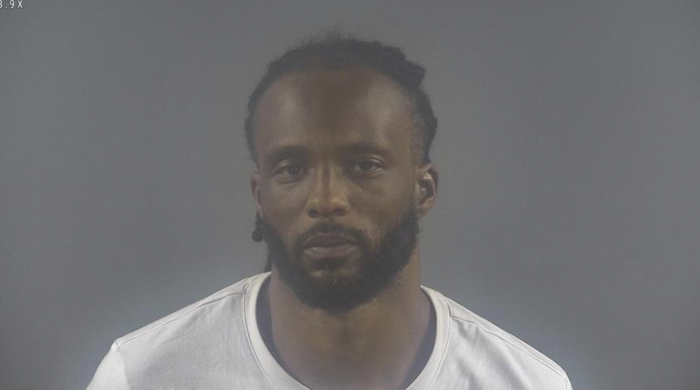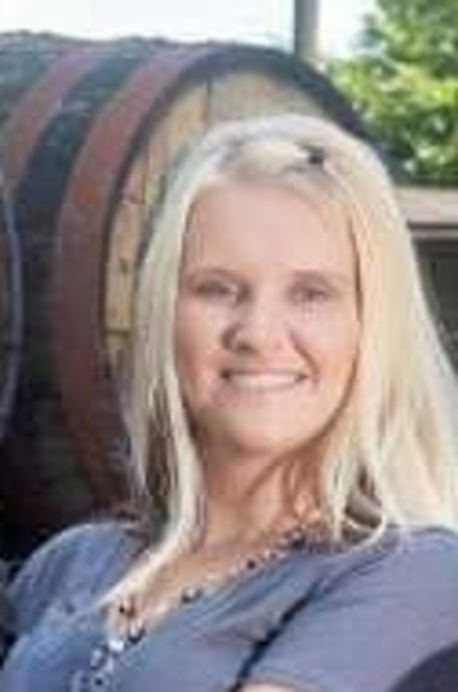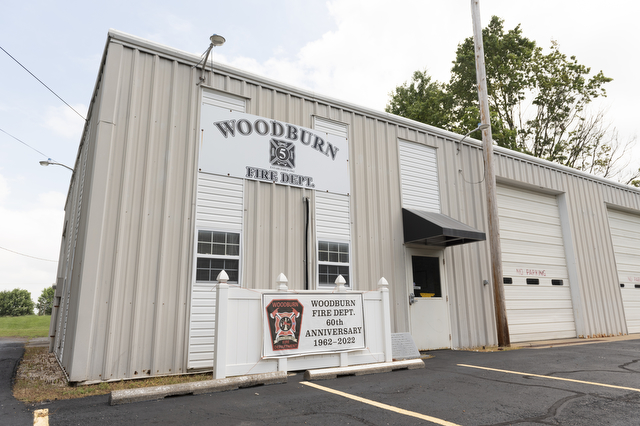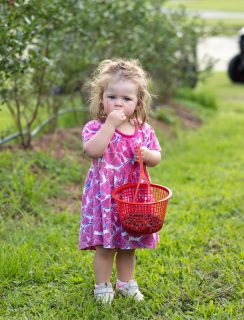The Baron comes to Bowling Green
Published 3:13 pm Friday, September 14, 2012
They didn’t call him the “Baron of the Bluegrass” without good reason. Although Adolph Rupp did not descend from German nobility, one could not tell that to Kentucky basketball fans who filled Alumni Gymnasium, and later Memorial Coliseum, or were glued to their radios and later, TV sets, as Rupp coached the Kentucky Wildcats and, time after time, dismantled and demolished many very good basketball teams.
An example of the dedication and perfection he demanded was a game some 60 years ago played against a nonconference opponent. My recollection is that it was Arkansas, a team they did not normally schedule. At halftime, the score was Kentucky 35, Arkansas 5. Kentucky players could always expect some eviscerating criticism at halftime. Although they may have played well, they had not played to perfection, which Rupp demanded. A normally high-scoring forward for Arkansas had scored one basket and a follow-up free throw and, later, two free throws on a questionable call on a shooting foul.
Rupp demanded of the Arkansas player’s Kentucky counterpart, “Whose man is number seven?” – as if he didn’t know. The Kentucky player who had been assigned to guard No. 7 meekly answered, “He’s mine, coach.” Rupp thundered, “Well, get the son of a b—-. He’s running wild!”
Very few people know that, beginning with his second year at UK, coach Rupp had an unofficial Bowling Green connection, which helped a group of Warren County high school girls become state champions and remain the defending state champions for the next 43 years.
Rupp, age 29, was coaching in high school in Freeport, Ill., when University of Illinois coach Craig Ruby spoke at Freeport High’s awards banquet and advised Rupp of a head coaching vacancy at the University of Kentucky. Ruby recommended Rupp. When interviewed and asked why UK should hire him as coach, Rupp’s answer was convincing, “… because I am the best d—– basketball coach in the country.” He was accepted. In his 1929-30 season, Rupp and UK went 15-3, and the rest is history.
Meanwhile, Woodburn High School in Warren County was being coached by a female teacher, Audrey Whitlock Peterson. She was, at least, average as a coach, but she had something going for her that no other coach had. Her husband, Frank Pearson, was on Adolph Rupp’s staff at the University of Kentucky.
Naturally, Mr. Pearson looked forward to driving from Lexington to Bowling Green on Friday afternoon and spending the weekend with his wife. High school basketball games were played on Friday nights, so this meant attending the high school games at Woodburn, where his wife coached.
Coach Rupp liked to get out of town on weekends. He felt particularly close to Mr. Peterson and, on many occasions, would come home with Mr. Peterson and to Warren County for the weekend, which meant that Rupp also attended Woodburn High School games.
This story was told by Elizabeth Morris, later Mrs. Guy Johnson, now deceased, a guard on the state championship teams of 1930-31 and 1931-32.
Rupp would watch all the players intently during the first half and, even during times out, but never commented. Then, at half time he, along with his assistant, Mr. Peterson, and his assistant’s wife, the team’s coach, would follow the girls into their locker room.
At that point, Coach Rupp could not resist the temptation to take over. Perhaps not in tones such as he would have used with his UK players, but he would point out defensive shortcomings and breakdowns and suggest new defense strategy, and he would then suggest a few offensive plays he felt the girls could understand and run successfully.
After halftime, the girls and their mentors returned to the court, and the girls being convinced they could win against any team pitted against them, and they usually did, to the end that they were crowned state champions in 1930-31 and again in 1931-32.
Following the 1932 season, the Kentucky High School Athletic Association announced that it would no longer sponsor girls’ basketball at a state level. The reason given was “murky.” Although the girls played a half-court game, it was suggested that the game was too physically demanding and dangerous for girls. Most authorities insist it was more of a “gender thing” than any other factor.
Members of the 1931 and ’32 girls’ teams could, therefore, state without fear of contradiction that they were the defending Kentucky state champions for 43 years and until 1974 when, by act of General Assembly, both girls’ high school and girls’ college basketball were restored.
This story of coach Rupp’s connection with these championship teams is not intended to detract from the accomplishments of these great Woodburn teams, but as is sometimes the case, there was more to their success than simply being good ballplayers and coached by a good coach. So, to quote Paul Harvey, “Now you know the rest of the story.”
Very few people know that, beginning with his second year at UK, coach Rupp had an unofficial Bowling Green connection, which helped a group of Warren County high school girls become state champions and remain the defending state champions for the next 43 years.






